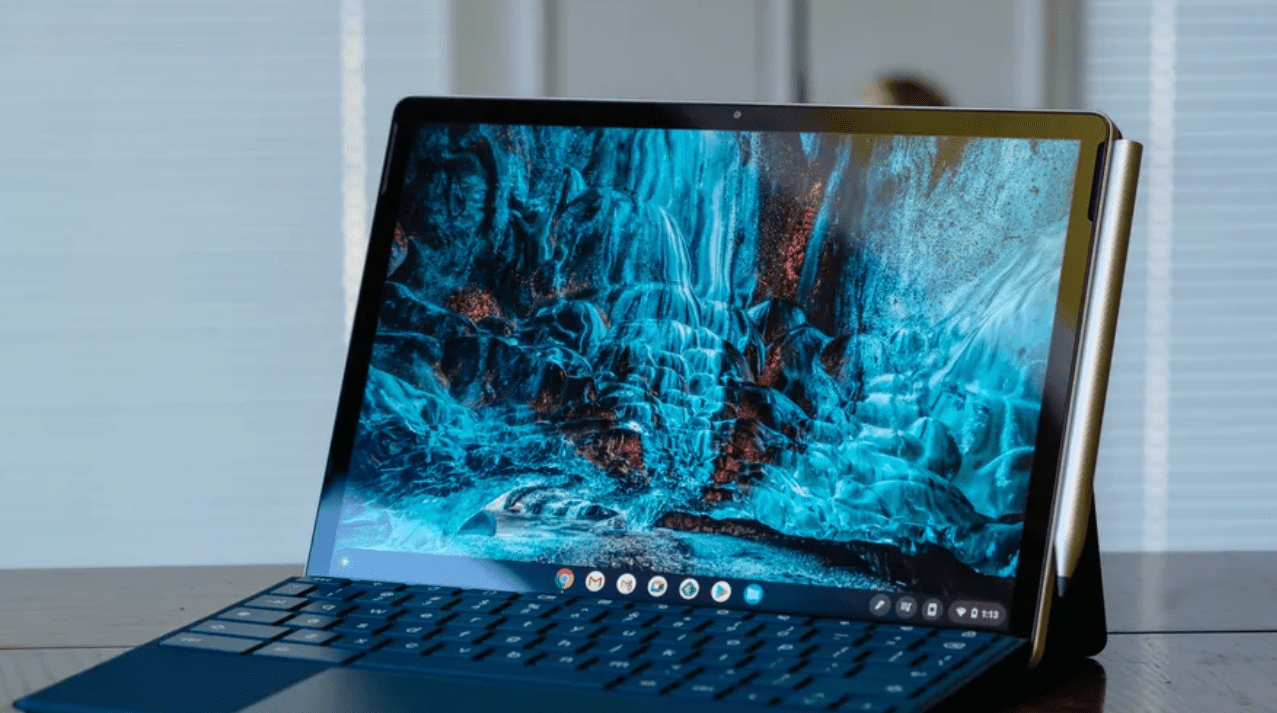Google is testing support for variable refresh rates (VRR) in the Chrome OS 101 Dev Channel, as first spotted by Kevin Tofel at About Chromebooks. You have to enable a flag at chrome://flags#enable-variable-refresh-rate to access the feature, which Google says can be used with “capable displays.”
VRR helps prevent screen-tearing by syncing the refresh rate of a display with the frames-per-second (FPS) of whatever’s on the screen. Google’s test of the feature could indicate a smoother gaming experience on Chrome OS, which would make sense considering Google just announced Steam is “coming soon” to Chrome OS. Rumors about the release of three potential gaming-focused Chromebooks have been floating around as well, a possibility that’s only been made stronger with a new Chrome OS flag that adds RGB keyboard support.
But on the other hand, VRR support could signal an upgraded refresh rate for future Chrome OS tablets. As my colleague Dan Seifert notes in his review of the Lenovo Chromebook Duet 5 and the HP Chromebook X2 11, Chrome OS is currently quite clunky when used in tablet form. Tablets running Chrome OS will need VRR if they want to compete with the likes of Samsung and Apple — the Samsung Galaxy Tab S8 lineup has a refresh rate of 120Hz, while the iPad Pro comes with ProMotion support (which is basically another name for VRR) that makes scrolling animations smoother.

